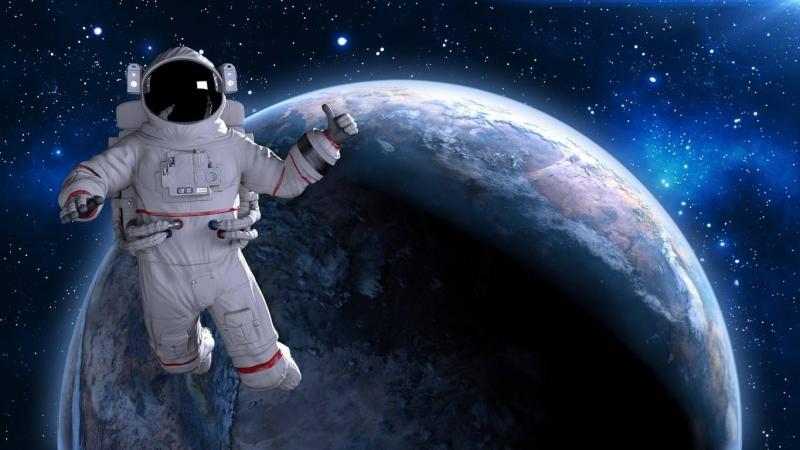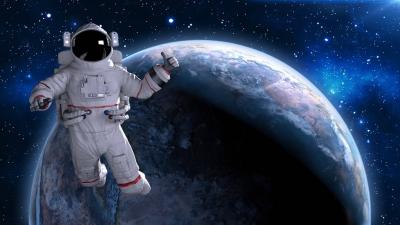Scientists have solved the mystery of how the moon's thin atmosphere is produced, based on lunar samples brought back by the Apollo missions. While the moon lacks any breathable air, it hosts a barely detectable atmosphere. Since the 1980s, astronomers have observed a very thin layer of atoms bouncing above the moon’s surface. This thin atmosphere, technically known as the "exosphere," is likely a product of a type of space weathering, but it has been difficult to accurately determine what these processes are.
Now, scientists from the Massachusetts Institute of Technology and the University of Chicago say they have identified the main process that shaped the moon's atmosphere. The team reported that the moon's atmosphere is primarily the result of "impact vaporization." They discovered that the moon is continuously bombarded by tiny, dust-sized meteoroids, which vaporize the chemical materials in the soil, leading to the release of gas into the moon's atmosphere.
Dr. Nicole Ney, a co-author of the new study conducted at the Department of Earth, Atmospheric, and Planetary Sciences at MIT, stated: "Our results provide a clearer picture of how the moon's surface and atmosphere interact over long timescales and enhance our understanding of space weathering processes." In an article published in the journal Science Advances, Ney and her colleagues described how the moon's atmosphere is continuously replenished because its atoms are constantly lost to space, primarily due to the moon's weak gravity.
While ultraviolet photons from the sun can release these atoms, researchers say that the replenishment of the atmosphere is thought to rely on the release of atoms from within the moon's minerals, either through vaporization from meteoroid impacts or through the solar wind, a process where charged particles from the sun strike the moon and eject atoms. However, it was unclear which of these factors dominates, as data from NASA's Lunar Atmosphere and Dust Environment Explorer, launched in 2013, indicates that both play a role.




